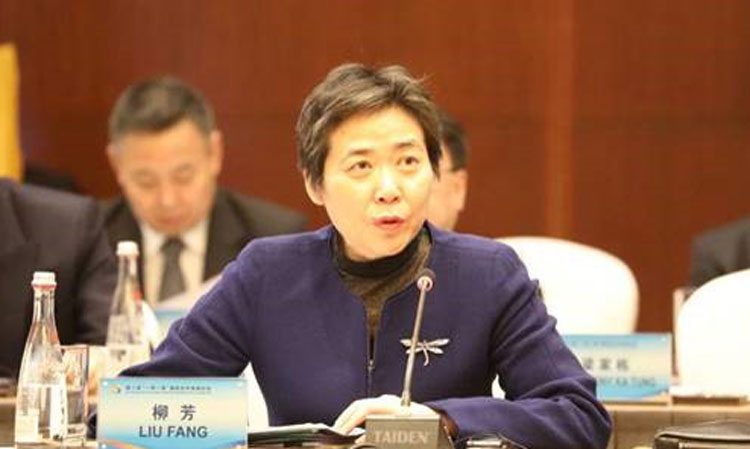ICAO calls for investments in connectivity between Belt and Road countries
- Like
- Digg
- Del
- Tumblr
- VKontakte
- Buffer
- Love This
- Odnoklassniki
- Meneame
- Blogger
- Amazon
- Yahoo Mail
- Gmail
- AOL
- Newsvine
- HackerNews
- Evernote
- MySpace
- Mail.ru
- Viadeo
- Line
- Comments
- Yummly
- SMS
- Viber
- Telegram
- Subscribe
- Skype
- Facebook Messenger
- Kakao
- LiveJournal
- Yammer
- Edgar
- Fintel
- Mix
- Instapaper
- Copy Link
Posted: 1 May 2019 | International Airport Review | No comments yet
Dr. Fang Liu highlighted that “a very direct relationship exists between states’ investments in aviation development and their eventual realisation of increased economic growth.”


ICAO Secretary General Dr. Fang Liu
ICAO Secretary General, Dr. Fang Liu, attended the second Belt and Road Forum for International Cooperation in Beijing, and has highlighted the critical role air transport plays in forging new travel and trade routes between Belt and Road countries and other states.
Stressing how liberalised air transport and increased air traffic routes are currently helping many developing states move closer to the 17 Sustainable Development Goals (SDGs) adopted under the UN’s Agenda 2030, Liu highlighted to the large number of Ministers of Transport and Infrastructure and heads of international organisations present that “a very direct relationship exists between states’ investments in aviation development and their eventual realisation of increased economic growth.”
She went on to emphasise how air transport growth holds further economic potential, but that to benefit from it countries need both the capacity in place to accommodate higher numbers of flights, in addition to skilled personnel to manage them.
Liu underscored: “A key call to action I would therefore propose today is that countries firmly commit to investments in modernised aviation infrastructure and skilled human resources development, and in a manner which aligns these critical air transport objectives with their overall national development strategies.”
The Secretary General informed her audience that ICAO was one of the many UN agencies that developed agreements with China to leverage the synergies between UN SDGs and the Belt and Road Initiative, pursuant to the first Belt and Road Forum in 2017. She highlighted the training and assistance programmes which the UN aviation agency has already begun undertaking with support from China’s South-South Cooperation Assistance Fund to build these needed capacities in developing Belt and Road States and countries in other regions.
She concluded by stressing the important role that new technologies and other innovations will play in accelerating these development trends, noting that similar dynamics were already well underway in the aviation domain.
Liu commented: “Today there are entirely new types of aircraft and operations being innovated to serve your states and economies, from low-flying drones to hypersonic transports. Aviation has a significant role to play in how you connect to the world, and I firmly believe it will play a key role in making the Belt and Road initiative a truly global success story.”
The five countries of Central Asia – Kazakhstan, Kyrgyzstan, Tajikistan, Turkmenistan, and Uzbekistan – are an important part of the land route of the Belt and Road Initiative (BRI).

















